Ongoing Research Projects
Lunar and Martian Formation Flying

Regional Navigation/Geolocation Constellation Optimization

Orbital Evolution, Re-entry, De-orbiting, and Removal of Objects in Highly Eccentric Orbits

Adelis-SAMSON – Space Autonomous Mission for Swarming and Geolocating Nanosatellites

Dynamics and Control of Distributed Space Systems
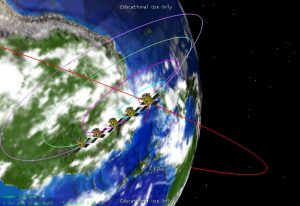
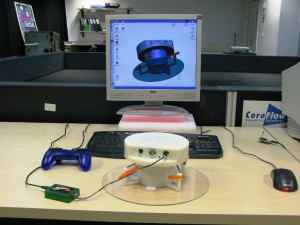
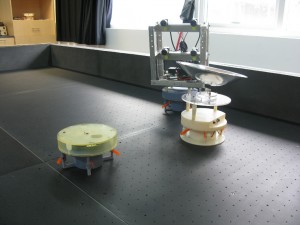
Distributed space systems lab: The lab includes a unique air-bearing table for simulating a frictionless environment and four satellite models carrying magnetometers, accelerometers and optical sensors.
Optimal formationkeeping, modelling and visualization of spacecraft formations : This research is devoted to optimal formation-keeping of multiple-spacecraft formations, and developing a concomitant visualization and simulation package for modelling spacecraft relative motion.
Astrodynamics
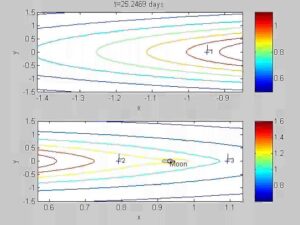
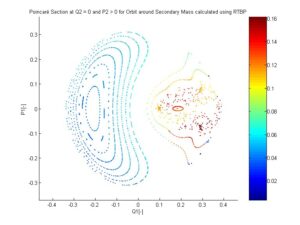
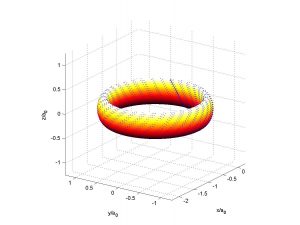
Space situational awareness: We are investigating a few methods for tracking noncooperative objects using various sensors, and study related pose, motion and structure estimation methods.
Astrodynamical modelling of geostationarry satellites: The increasing lifetime of GEO satellites poses new challenges for astrodynamicists. One such challenge, for instance, is modelling the effect of SRP on the long-term dynamics of communication satellites and space debris.
Long-term behavior of orbits about precessing planets: Using semi-analytical modelling of time-varying equinoctial precession and a myriad of other orbital perturbations, determine the long-term faith of natural satellites orbiting precessing planets (e.g. Deimos and Phobos).
The restricted three-body-problem: Mars, Phobos, Deimos: Where are the Lagrangian points located? Do they exist under solar gravity? Our model includes the effects of eccentricity, fourth-body dynamics, oblateness and fourth-body inclination.
Orbit Control and Optimization
Variational integrators for orbit propagation: It can be shown that variational transformations exhibit symmetry which may be utilized to reduce the local integration error of the Runge-Kutta method.
Resonant control of orbits: Can an artificial resonance, created using low-thrust profile modulation, be efficient in orbit control?
Vision-Aided Satellite Navigation
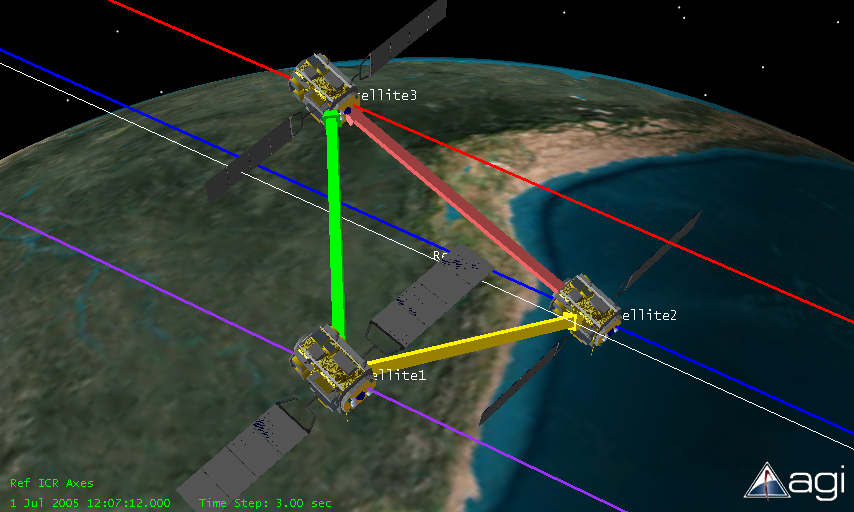
Vision-aided nav and control of relative spacecraft dynamics: Computer vision can be used to regulate the relative attitude and position between satellites both in the cooperative and noncooperative cases. This research examines whether stereoscopic and omnidirectional vision can be used to achieve these goals, and to which degree of accuracy.
